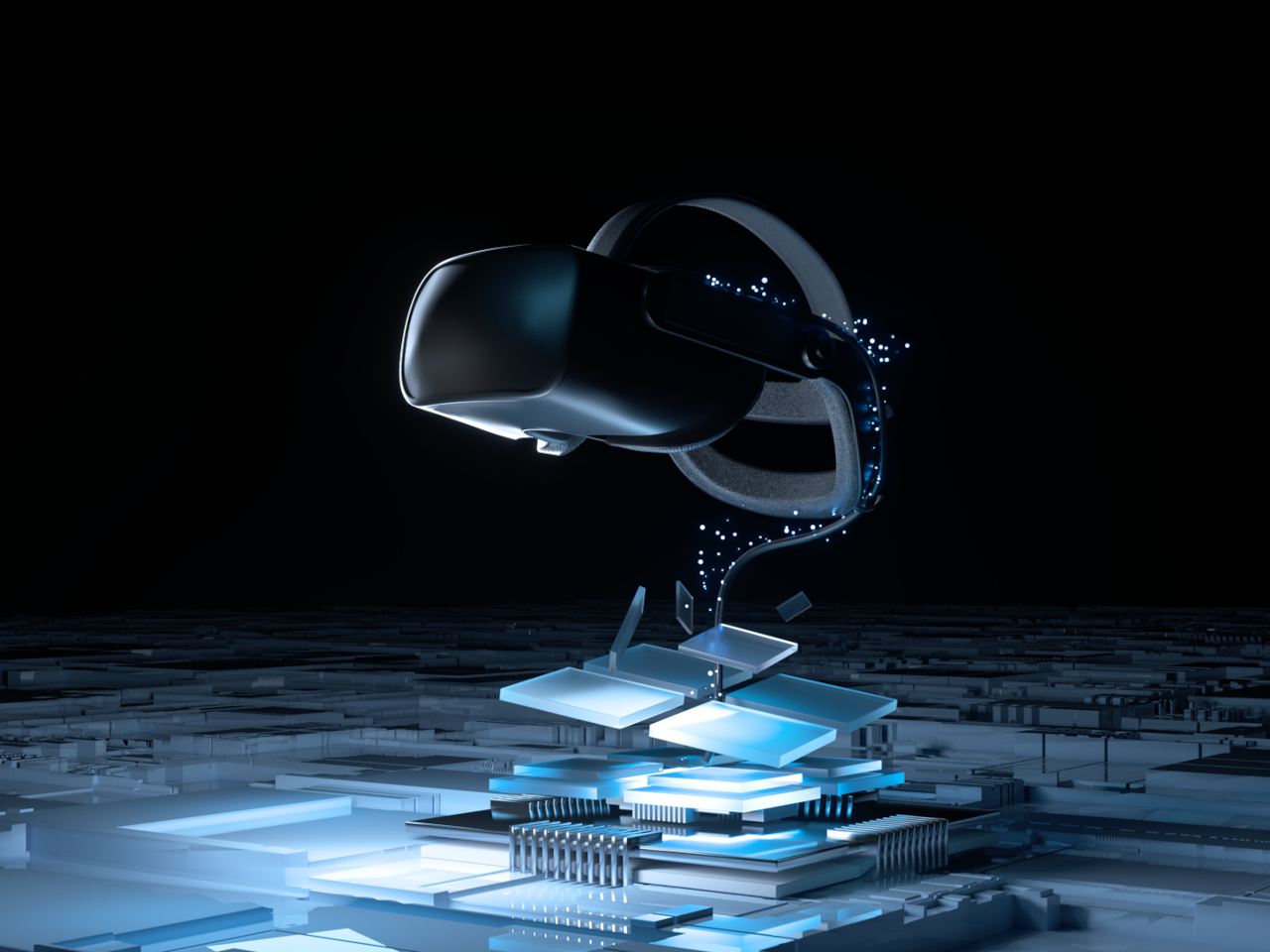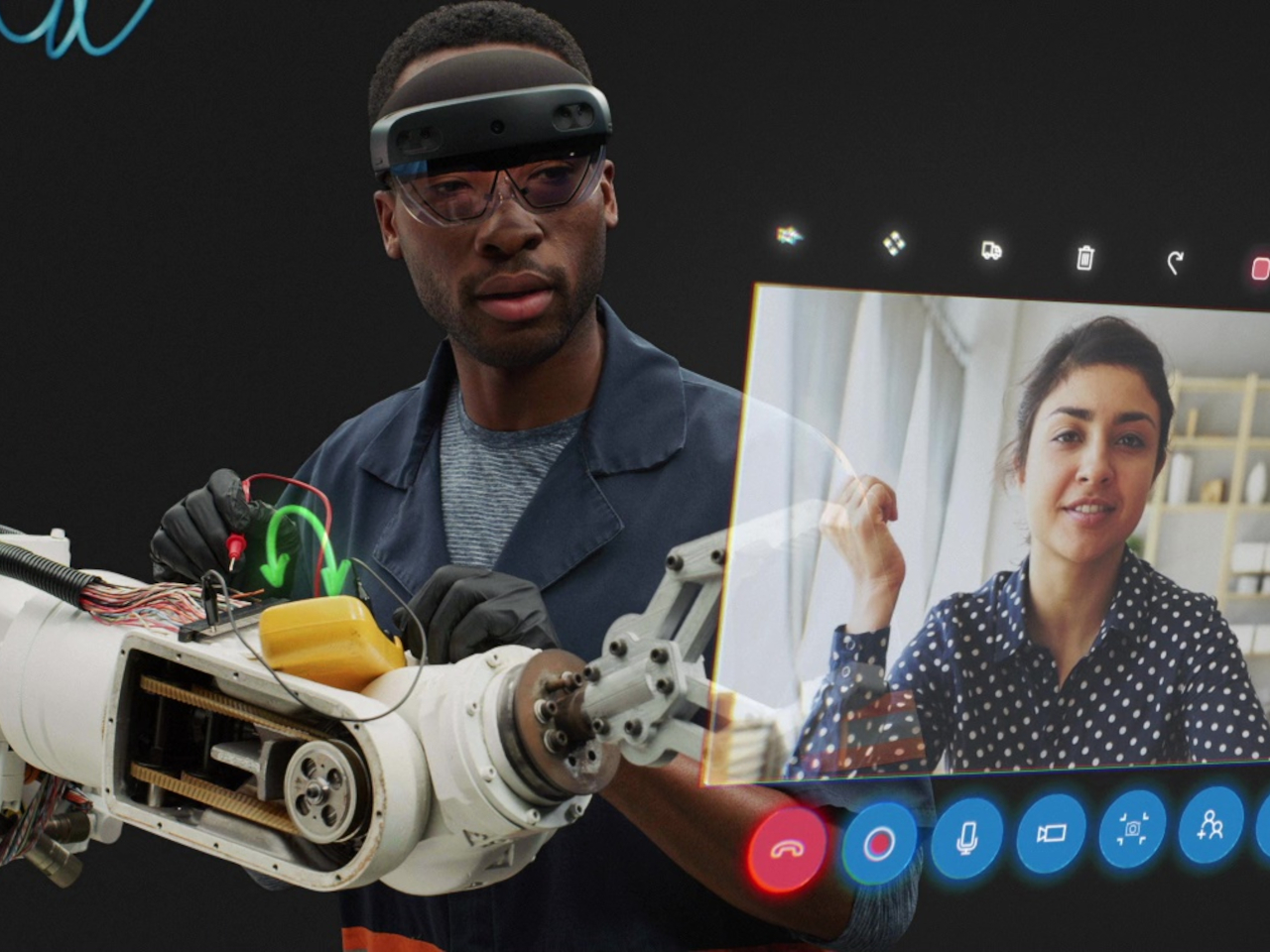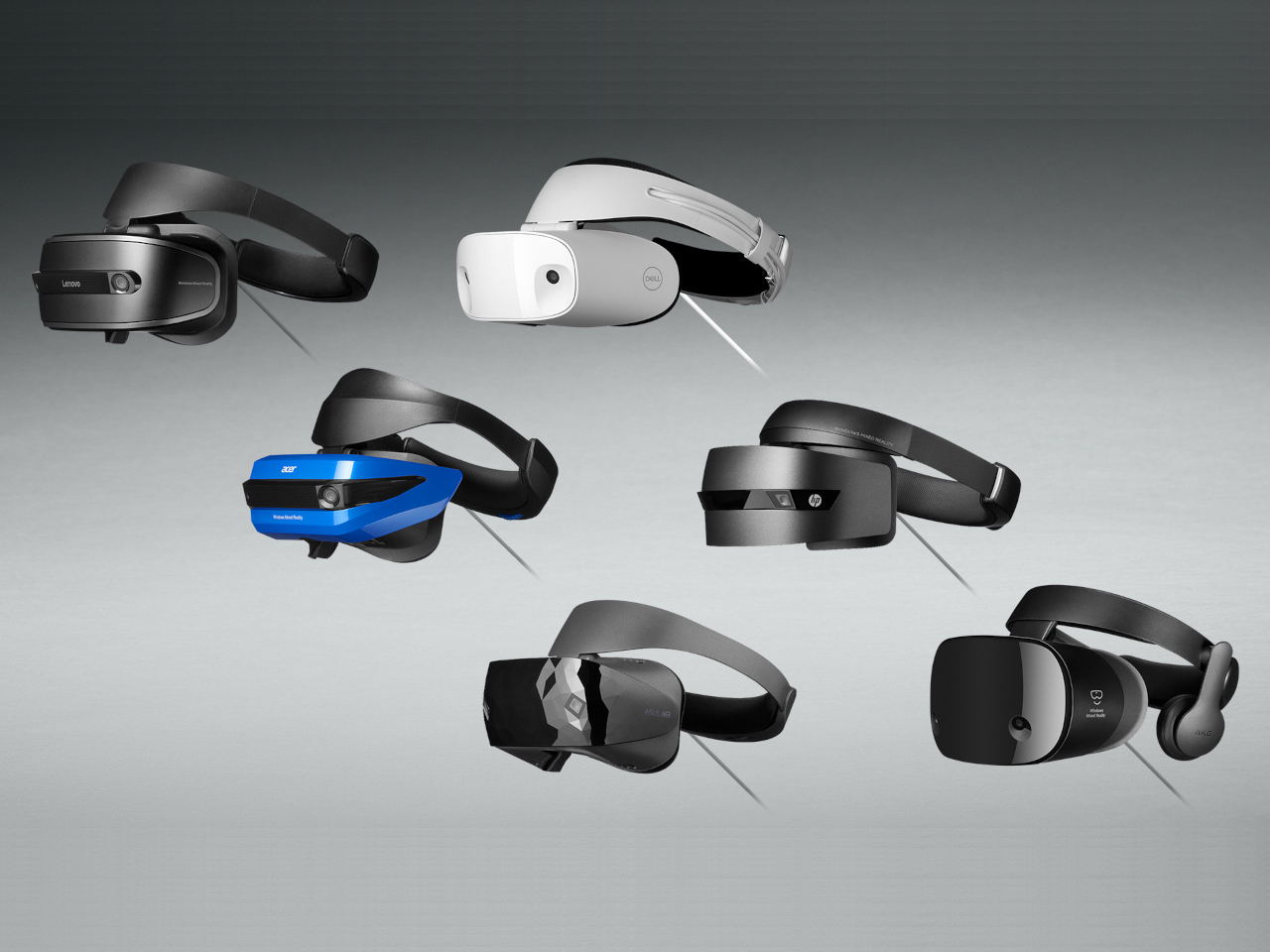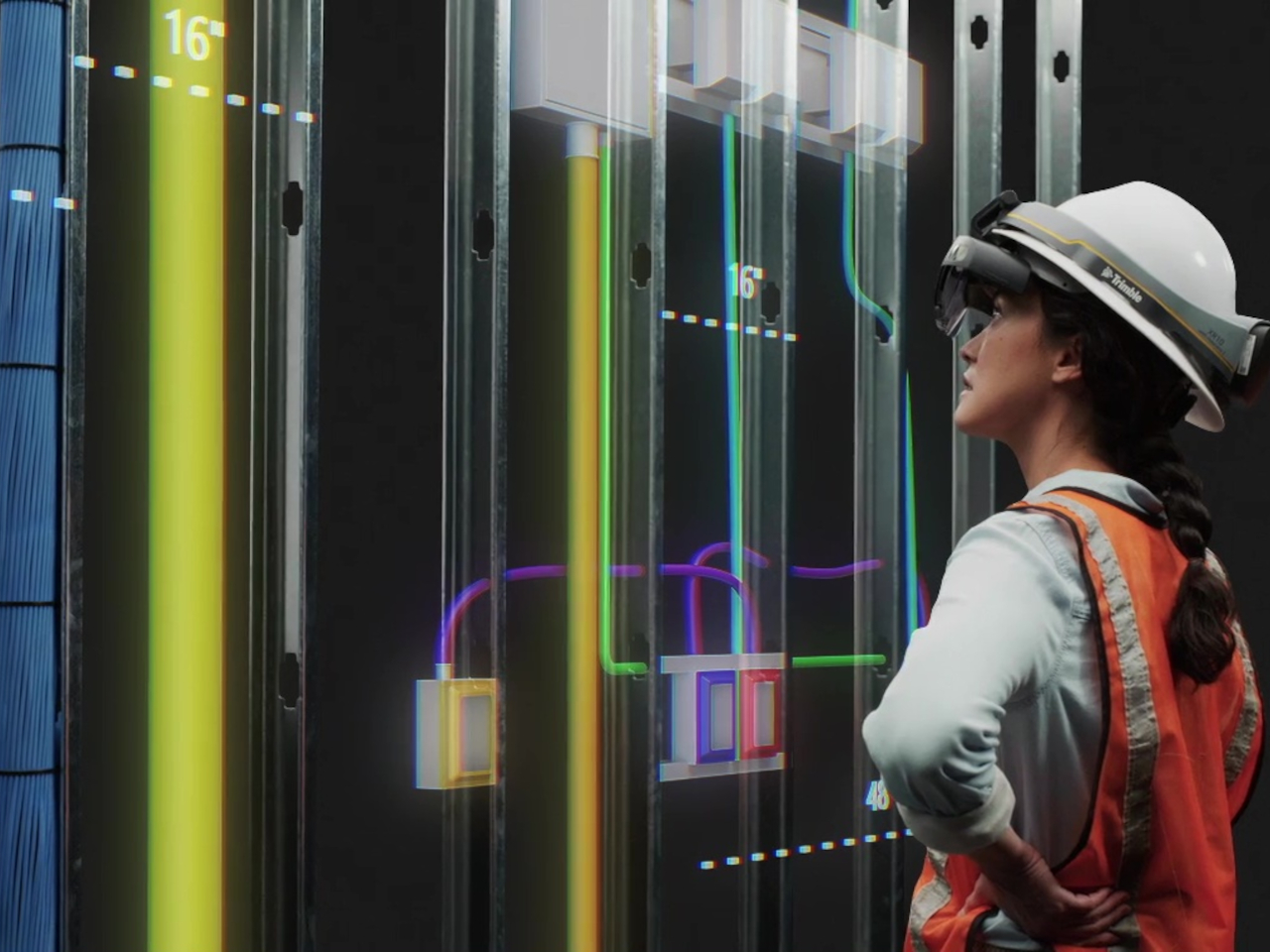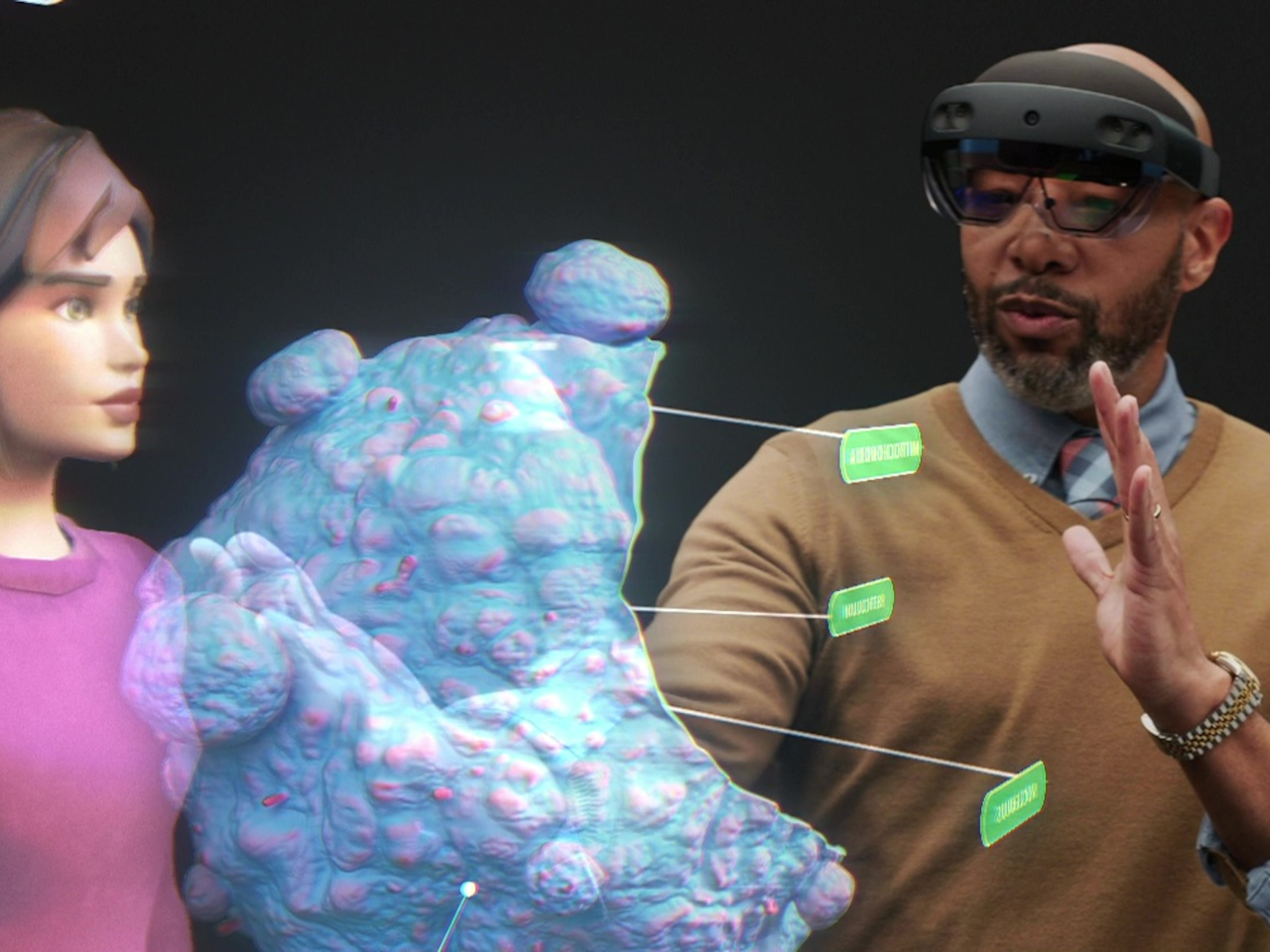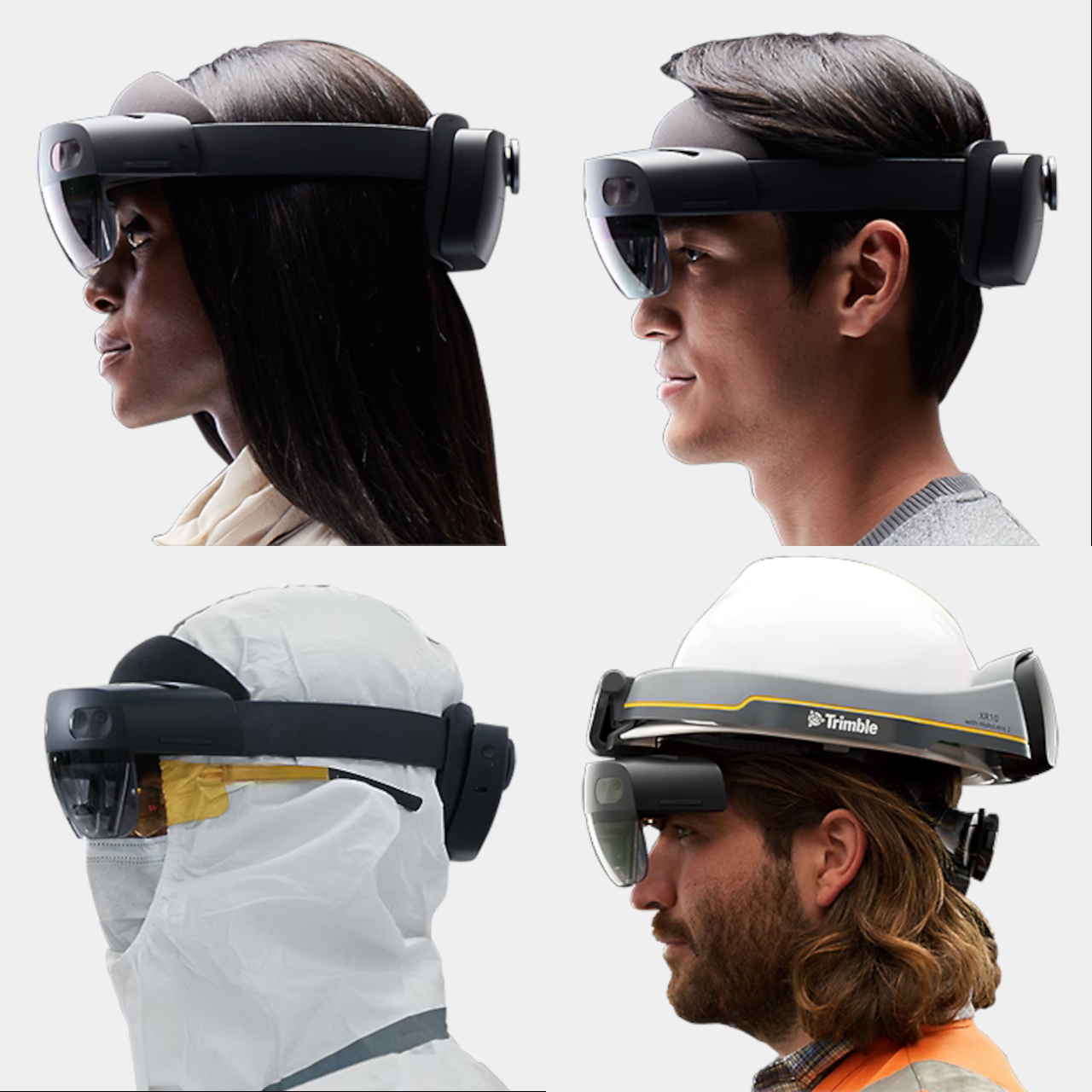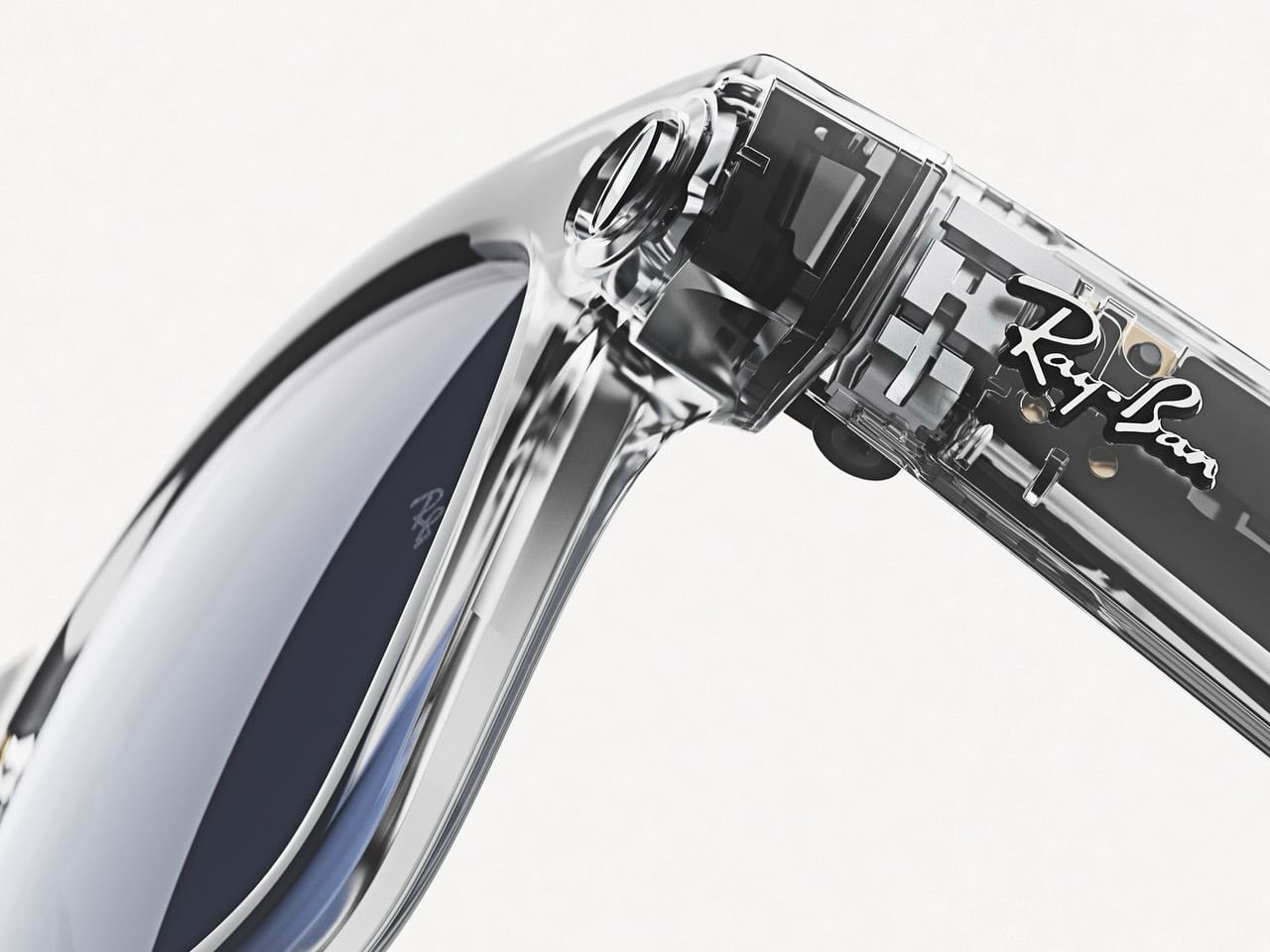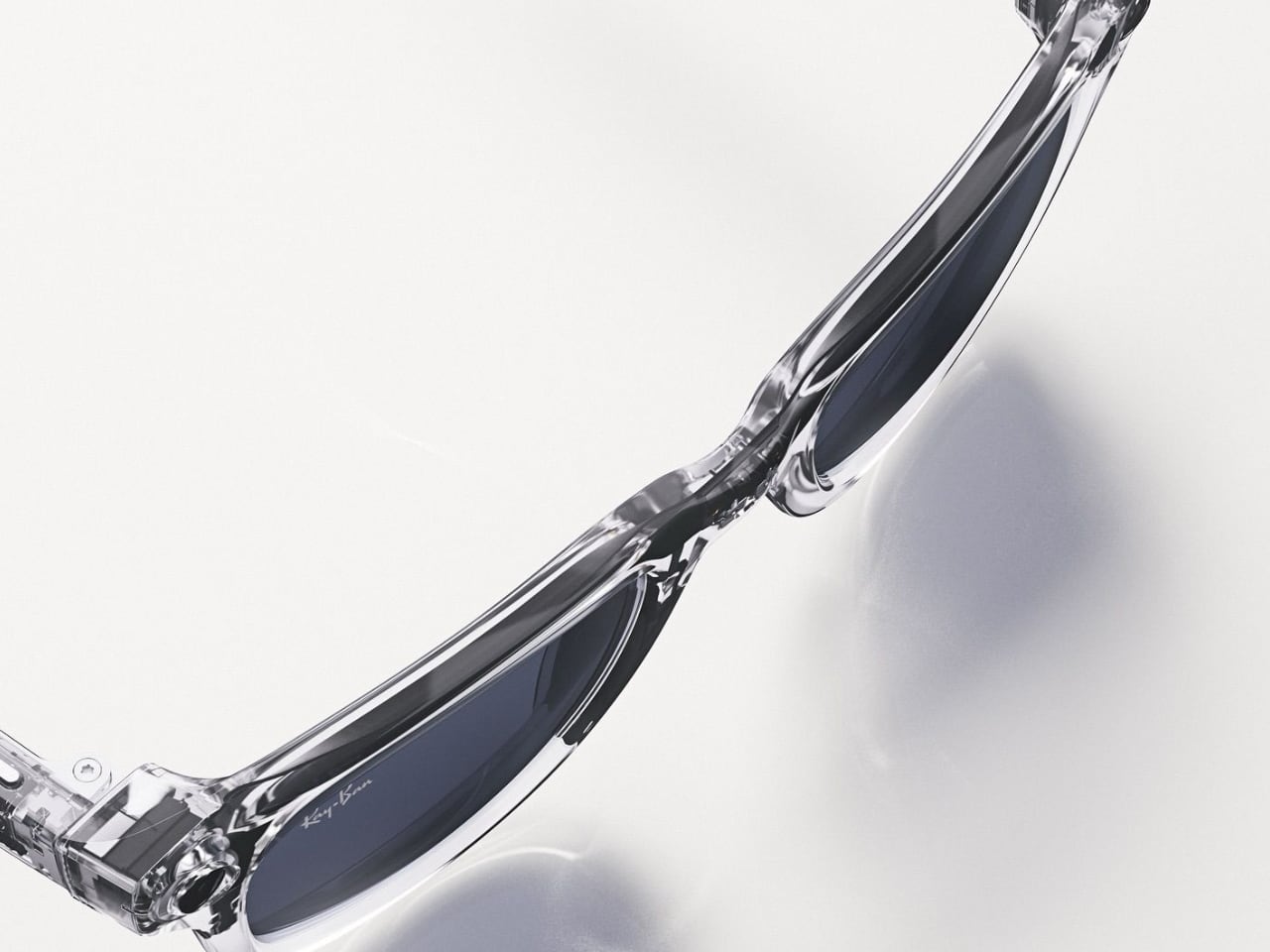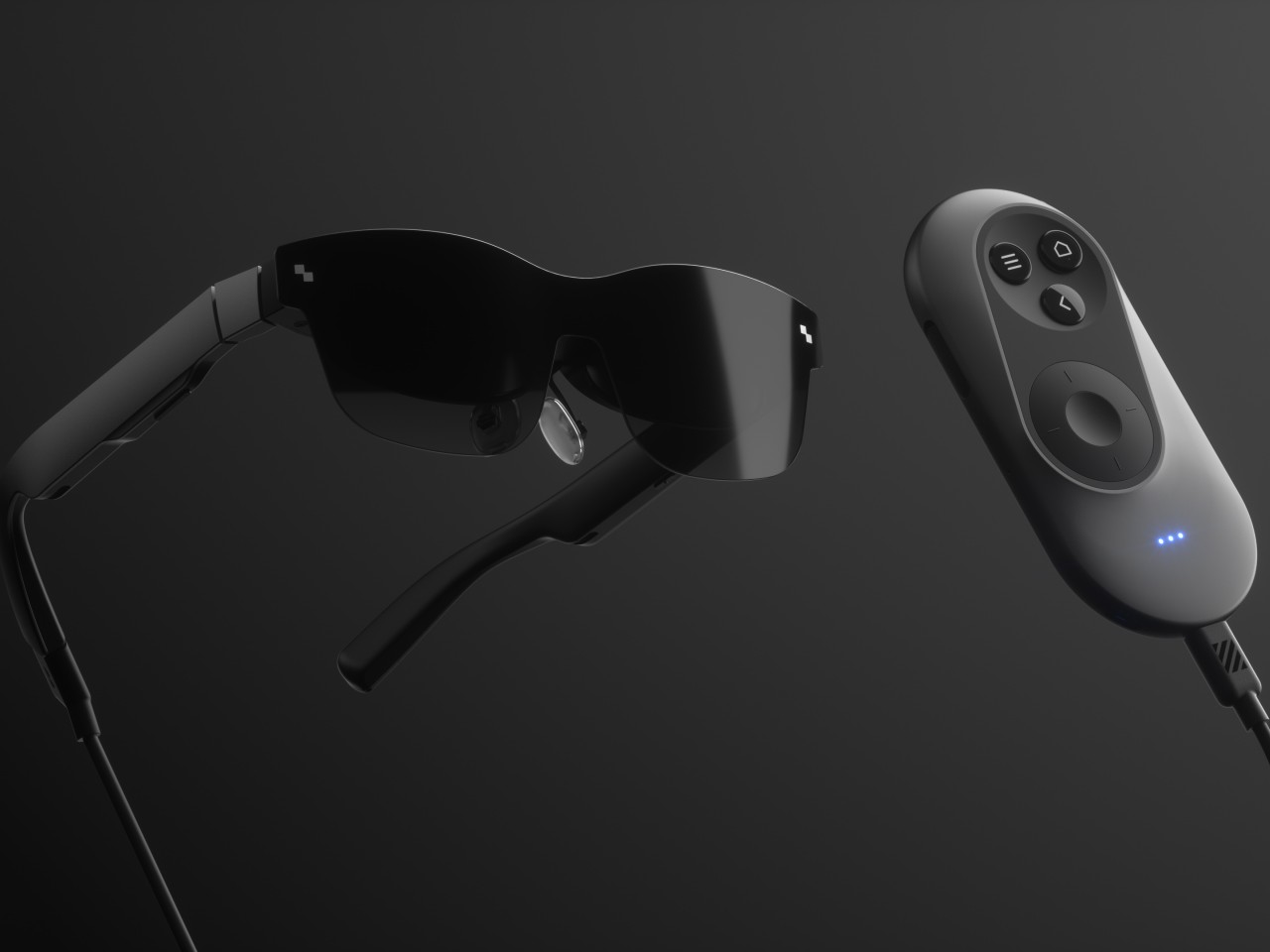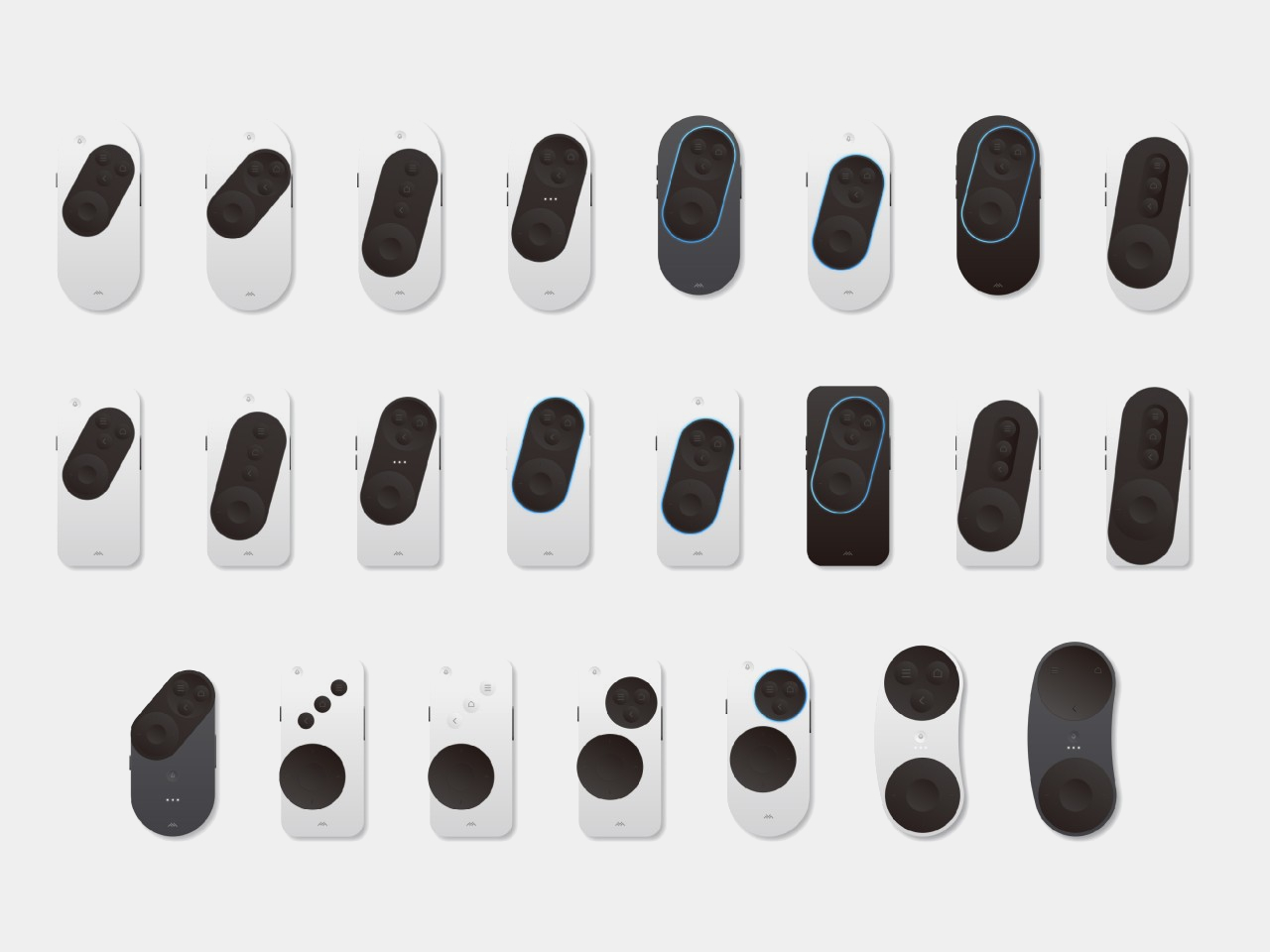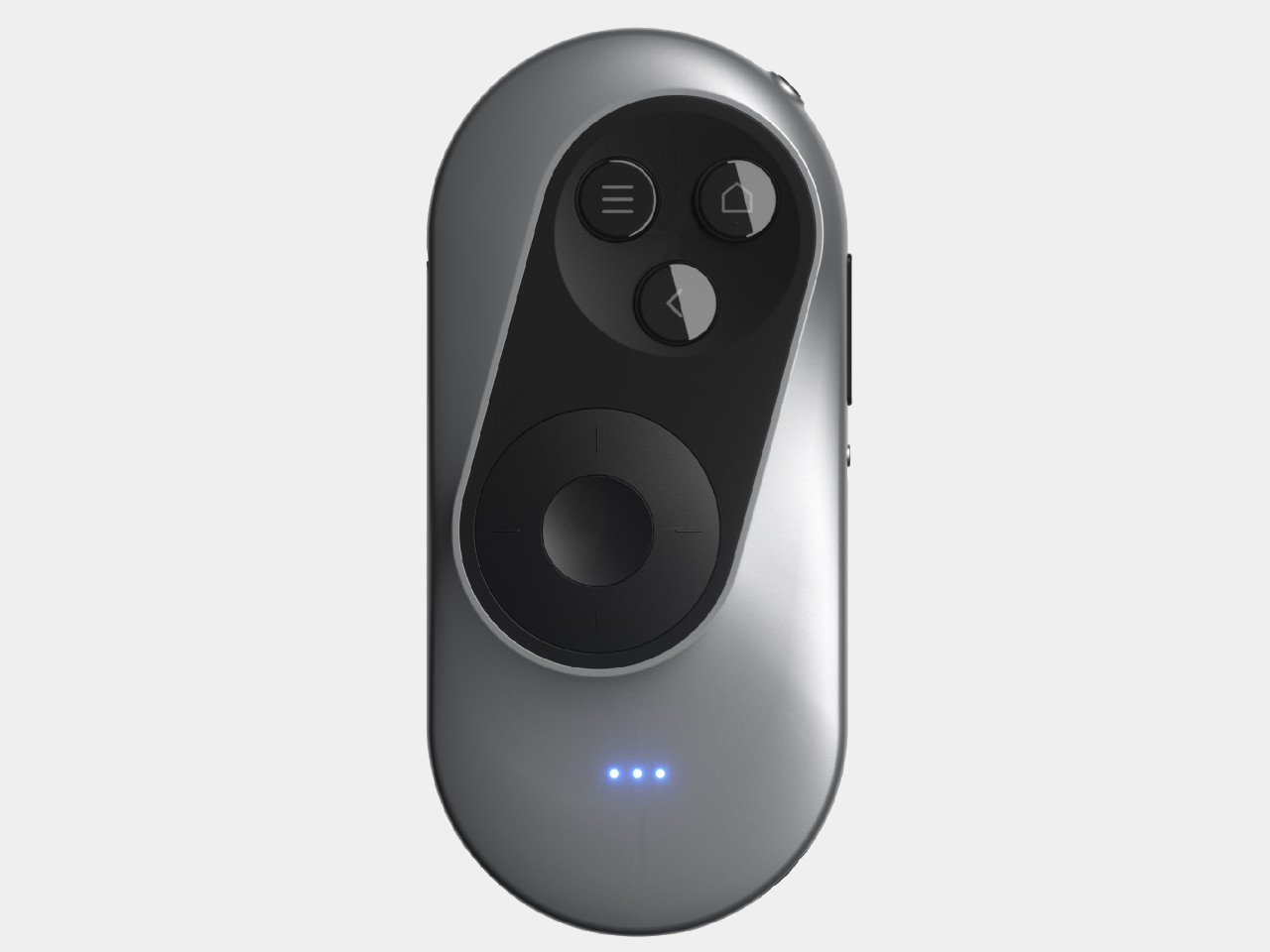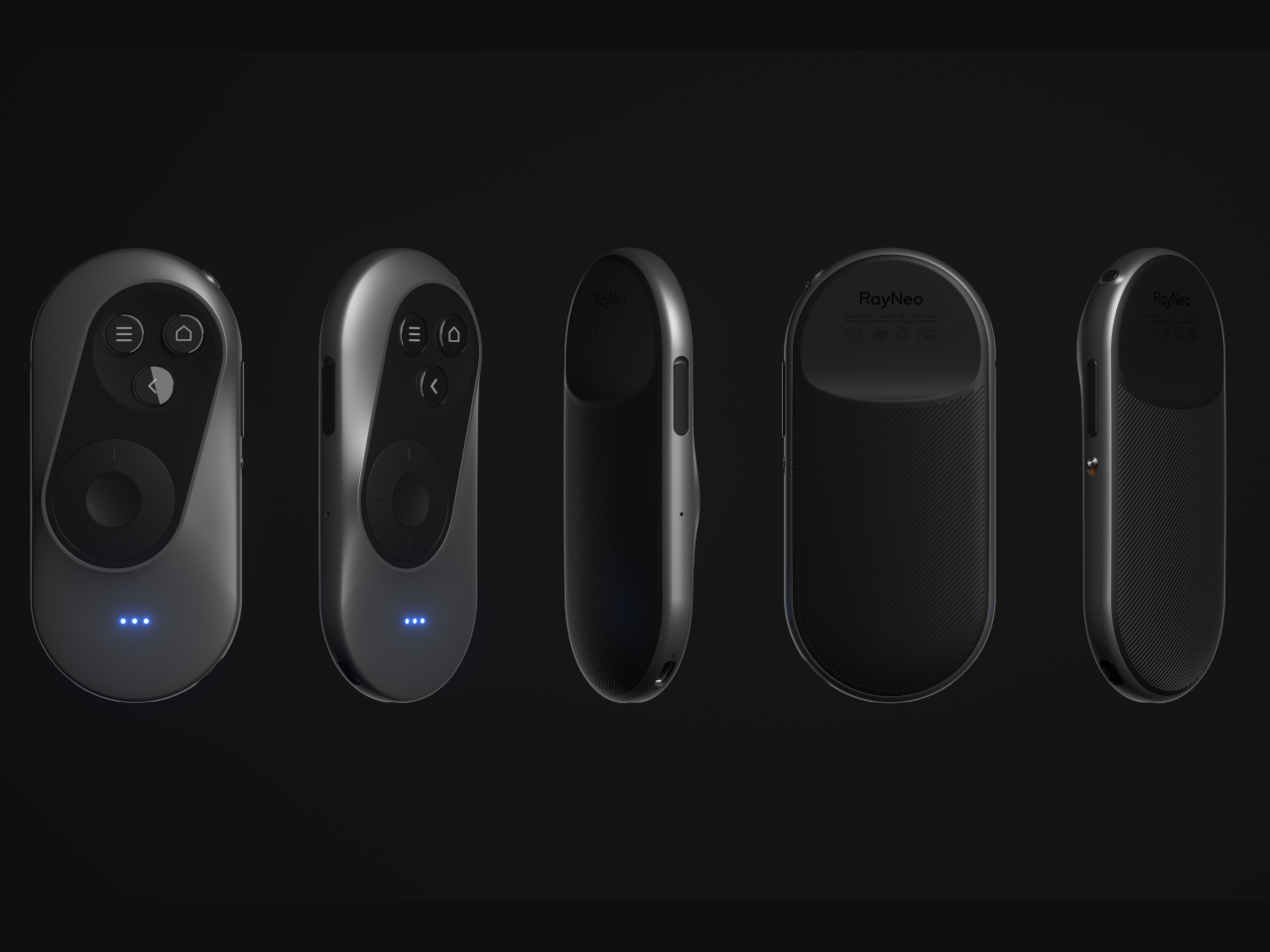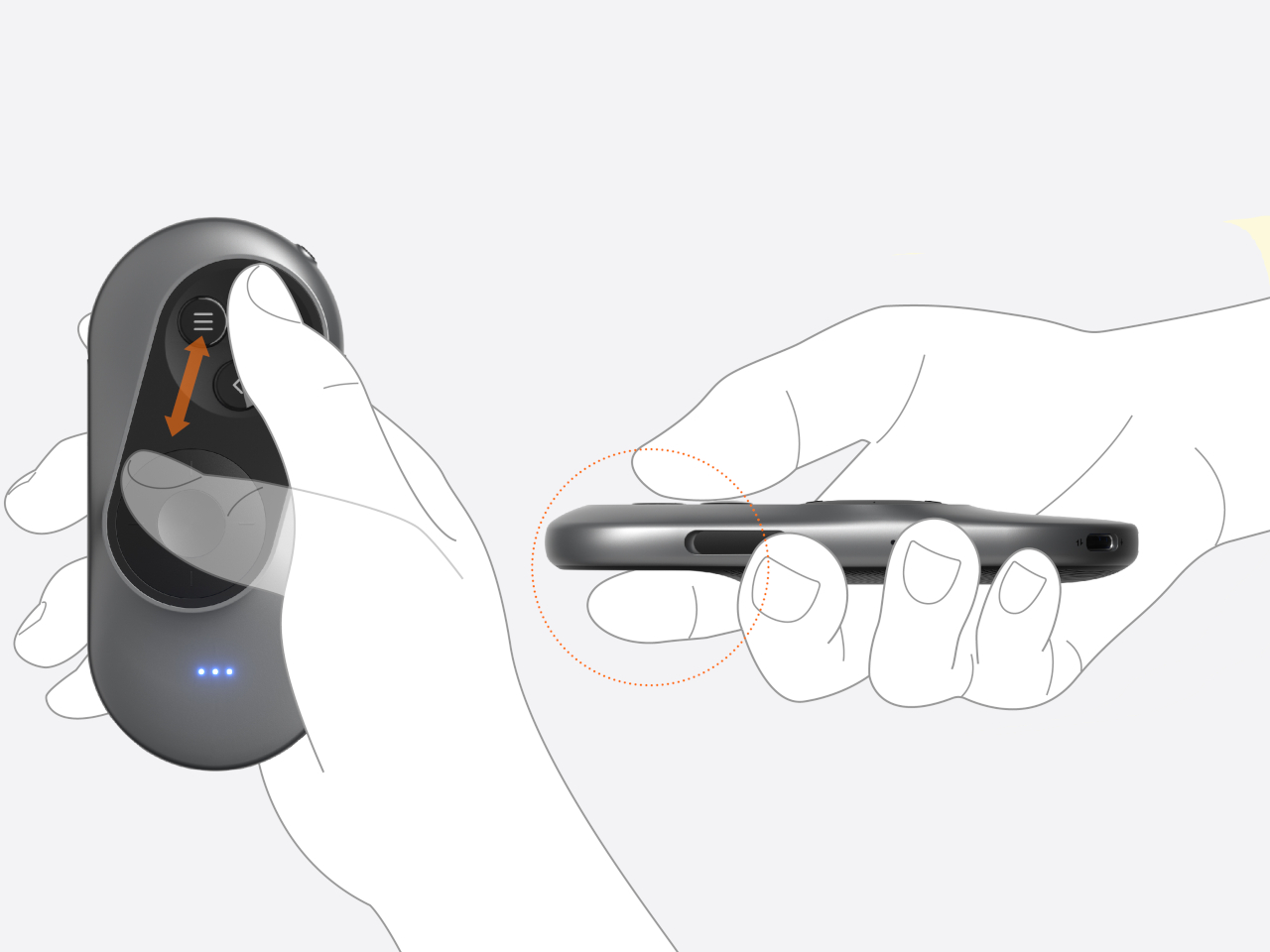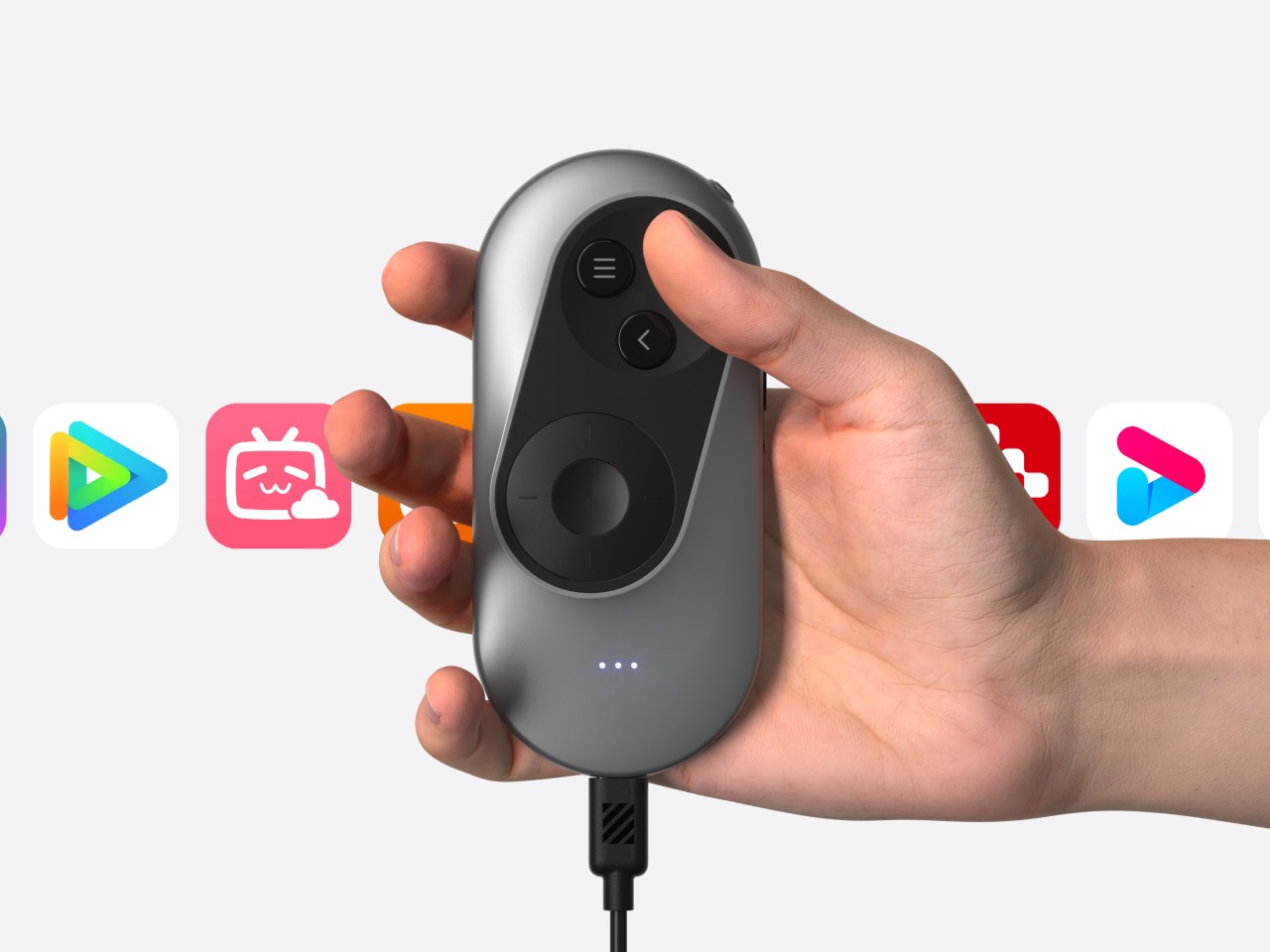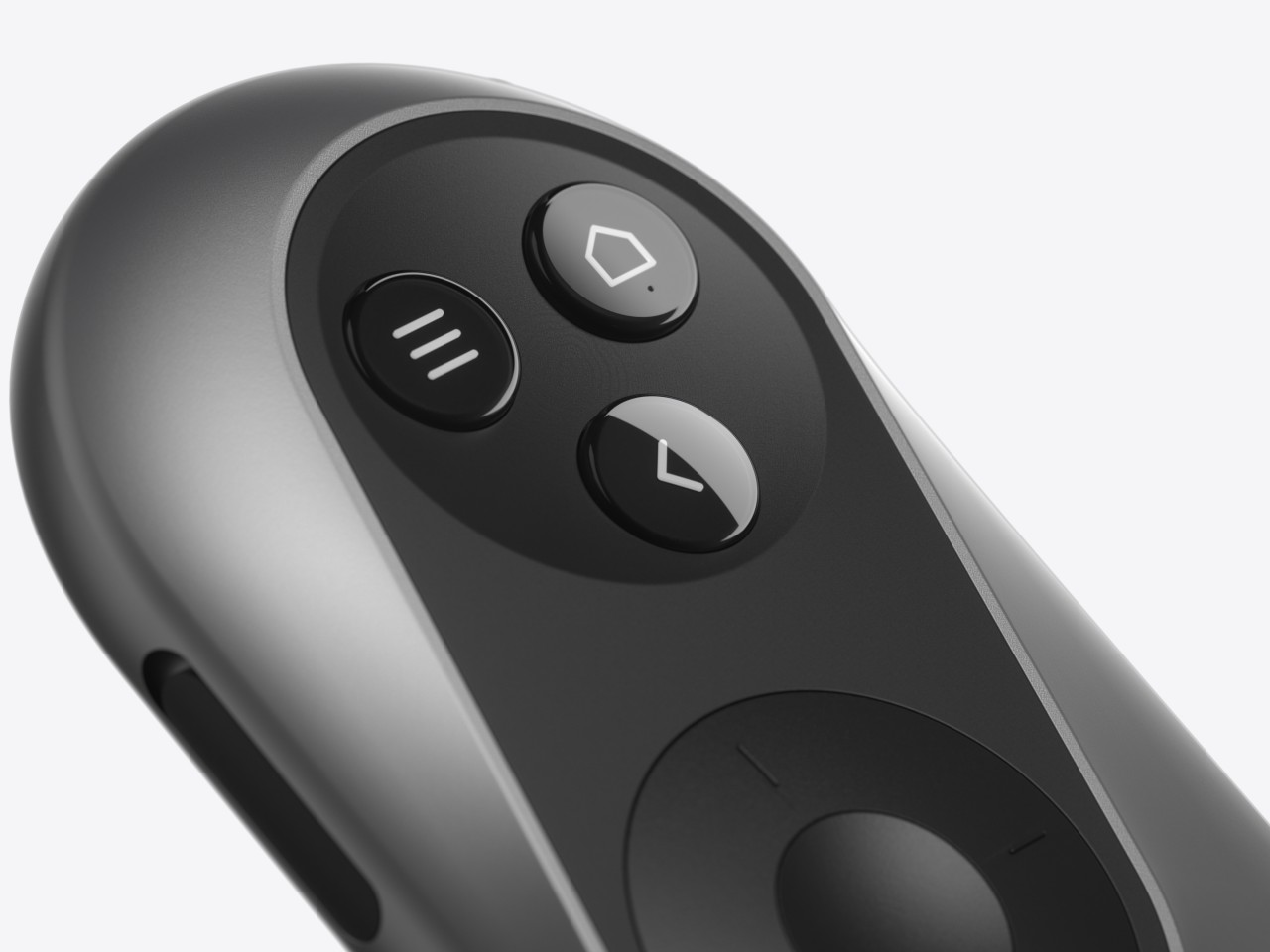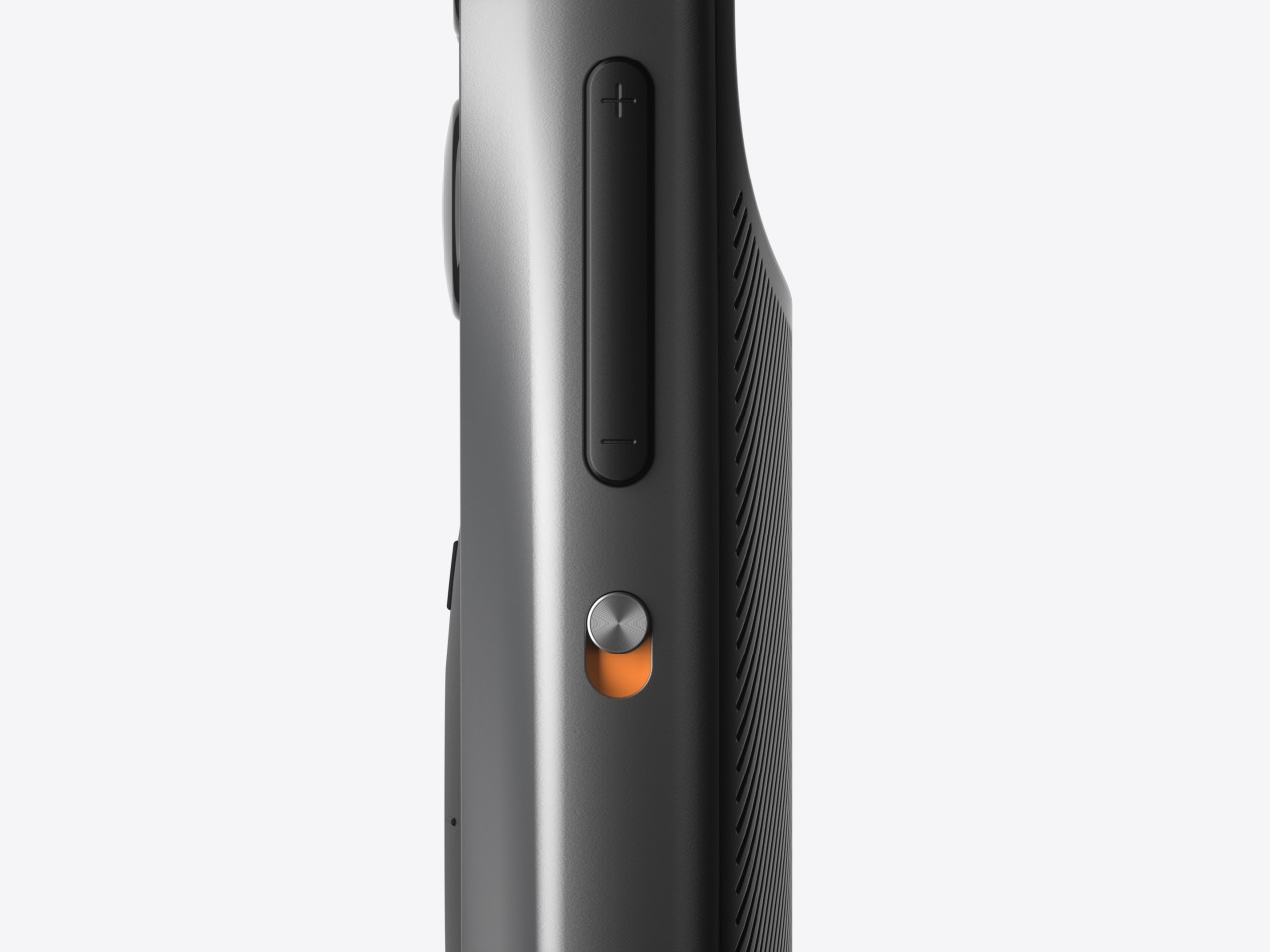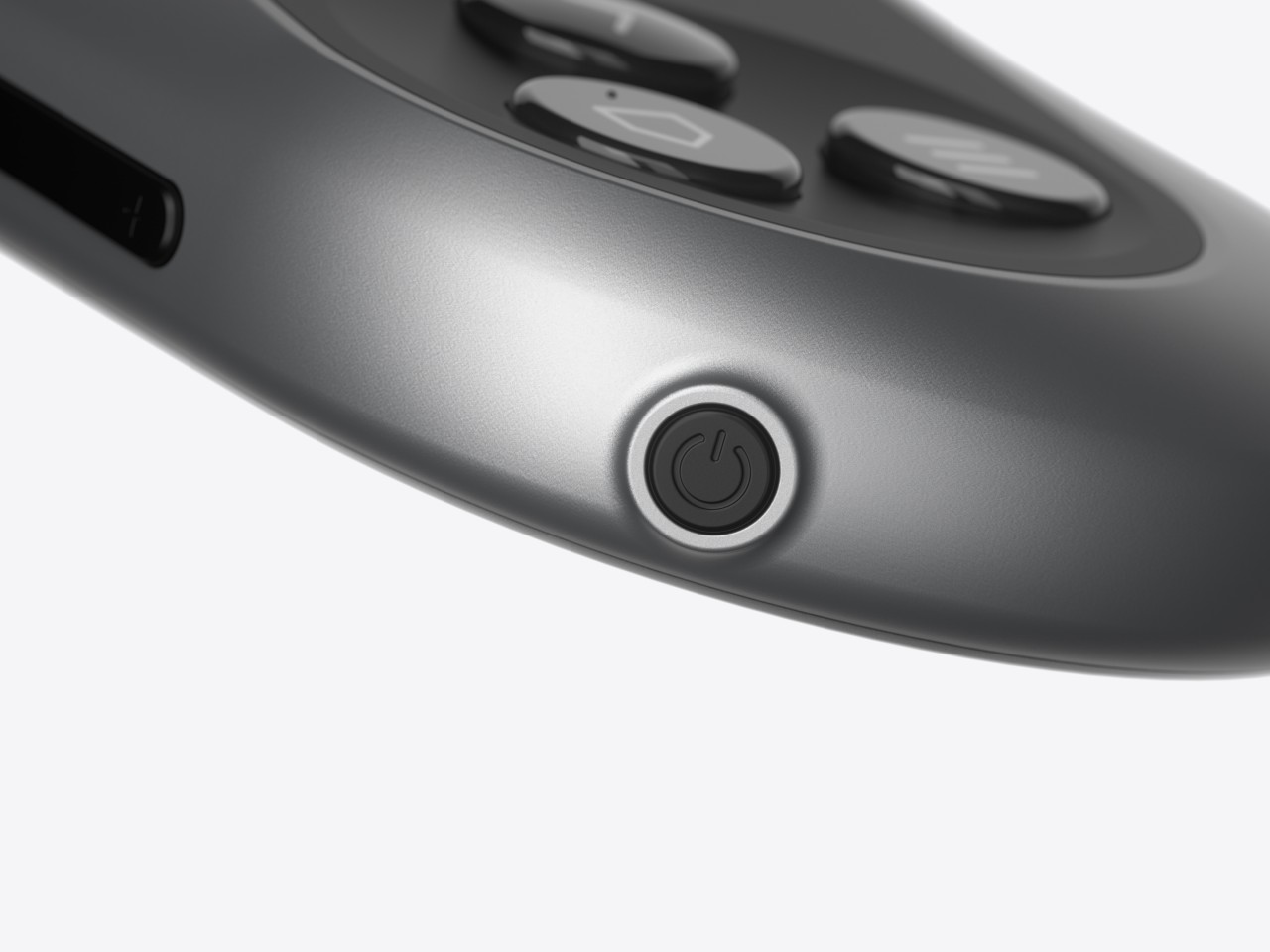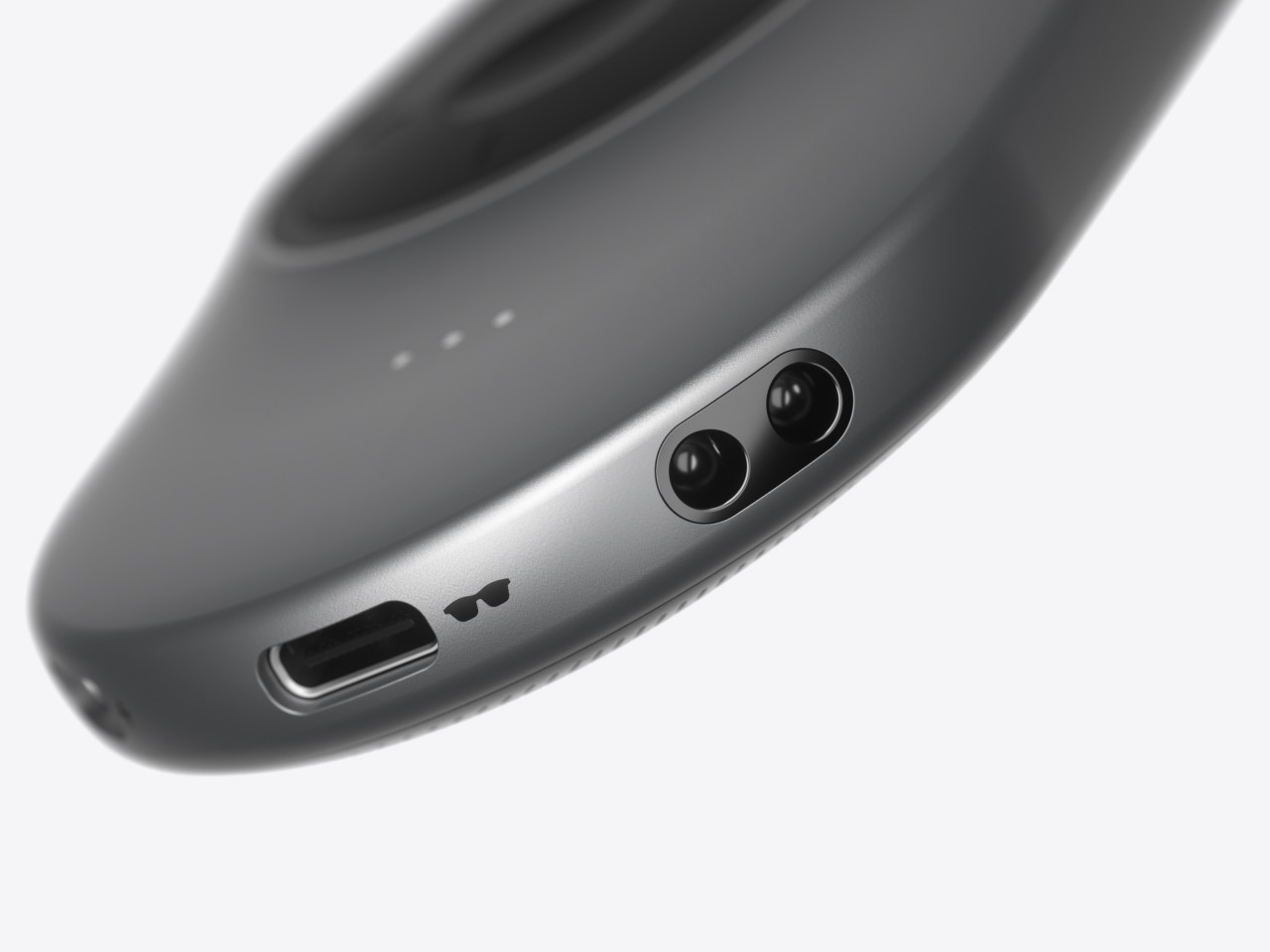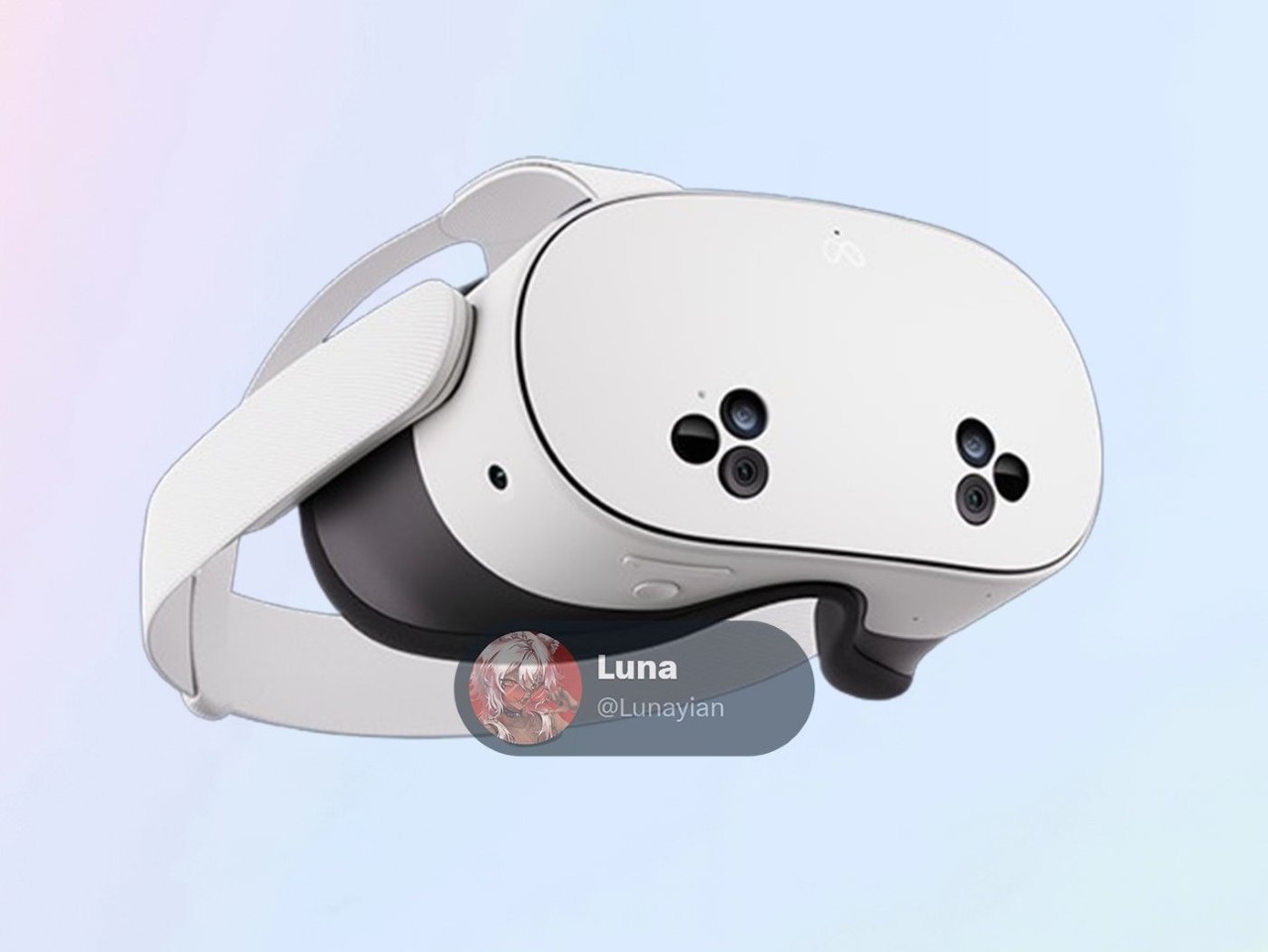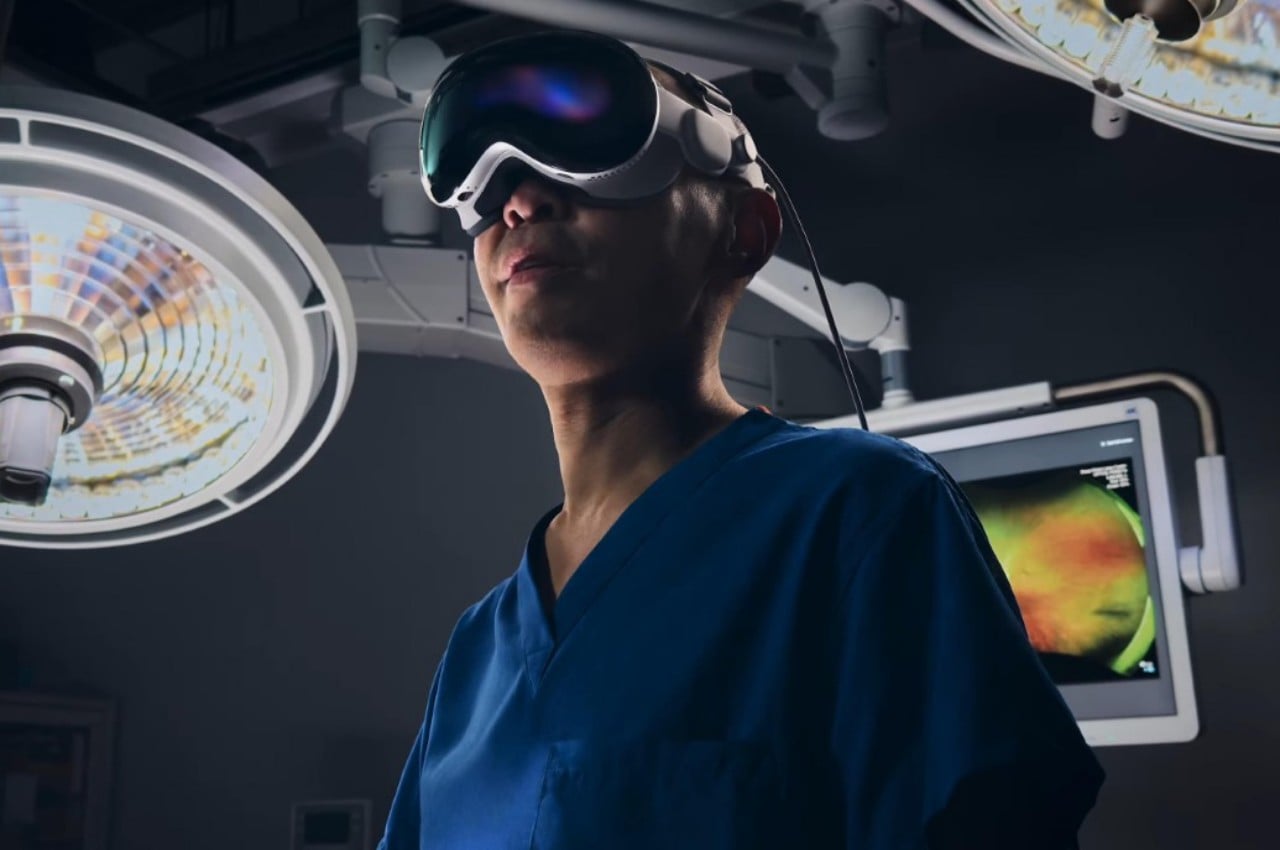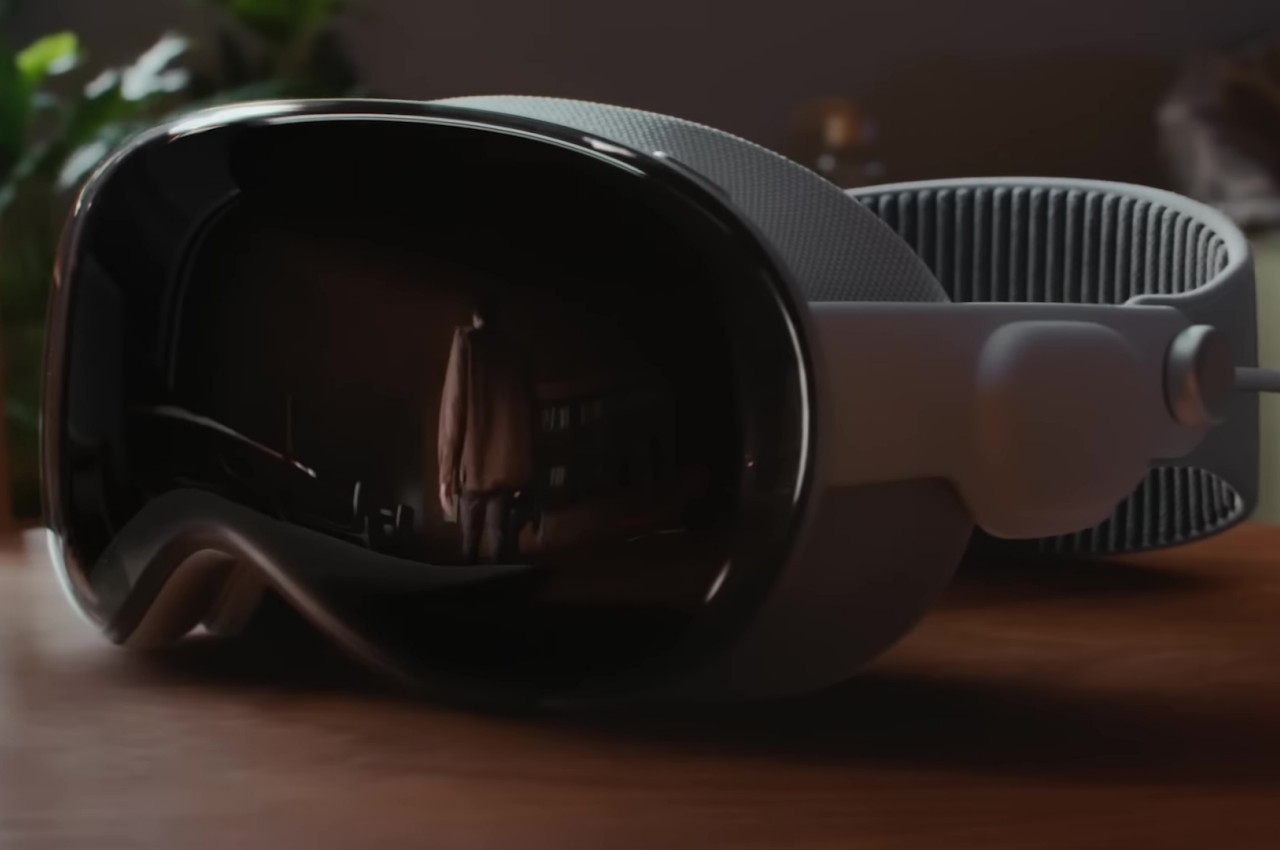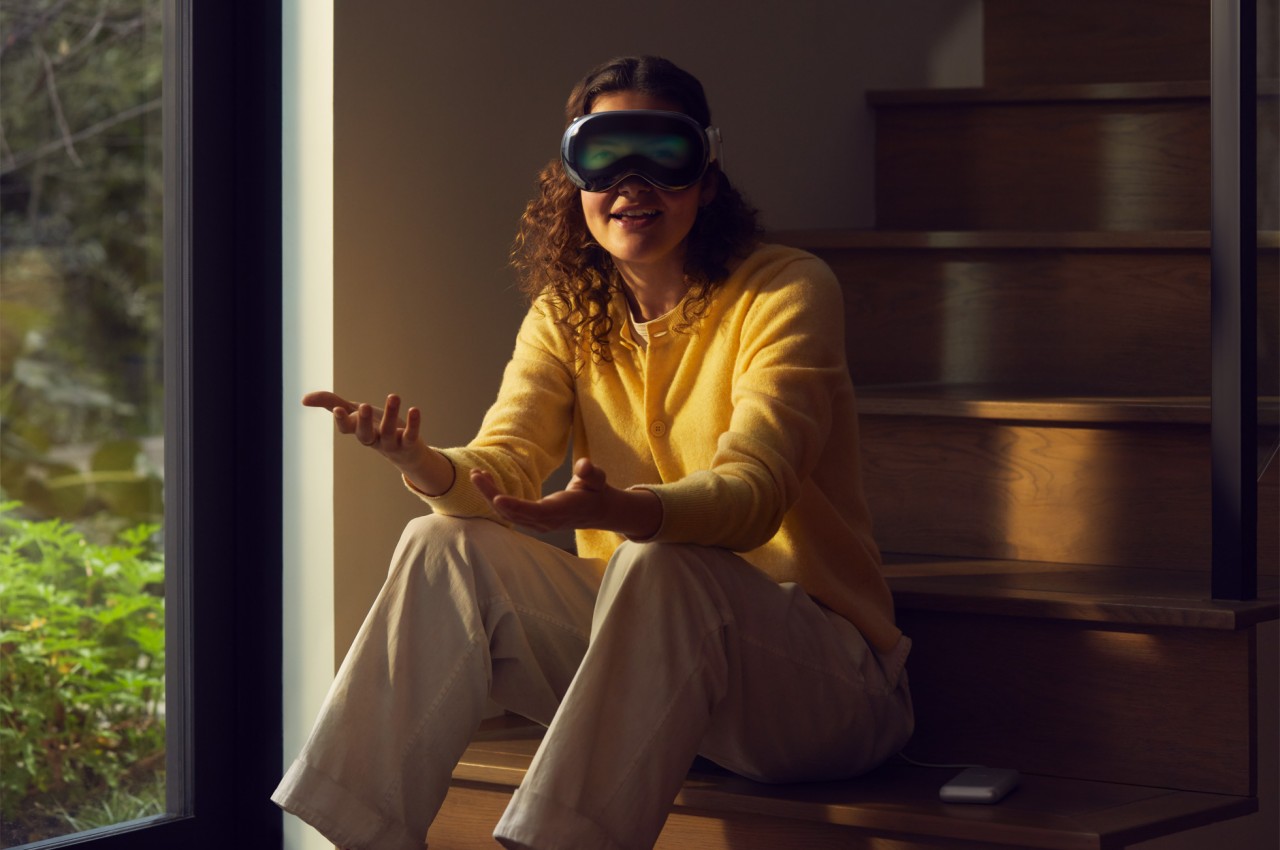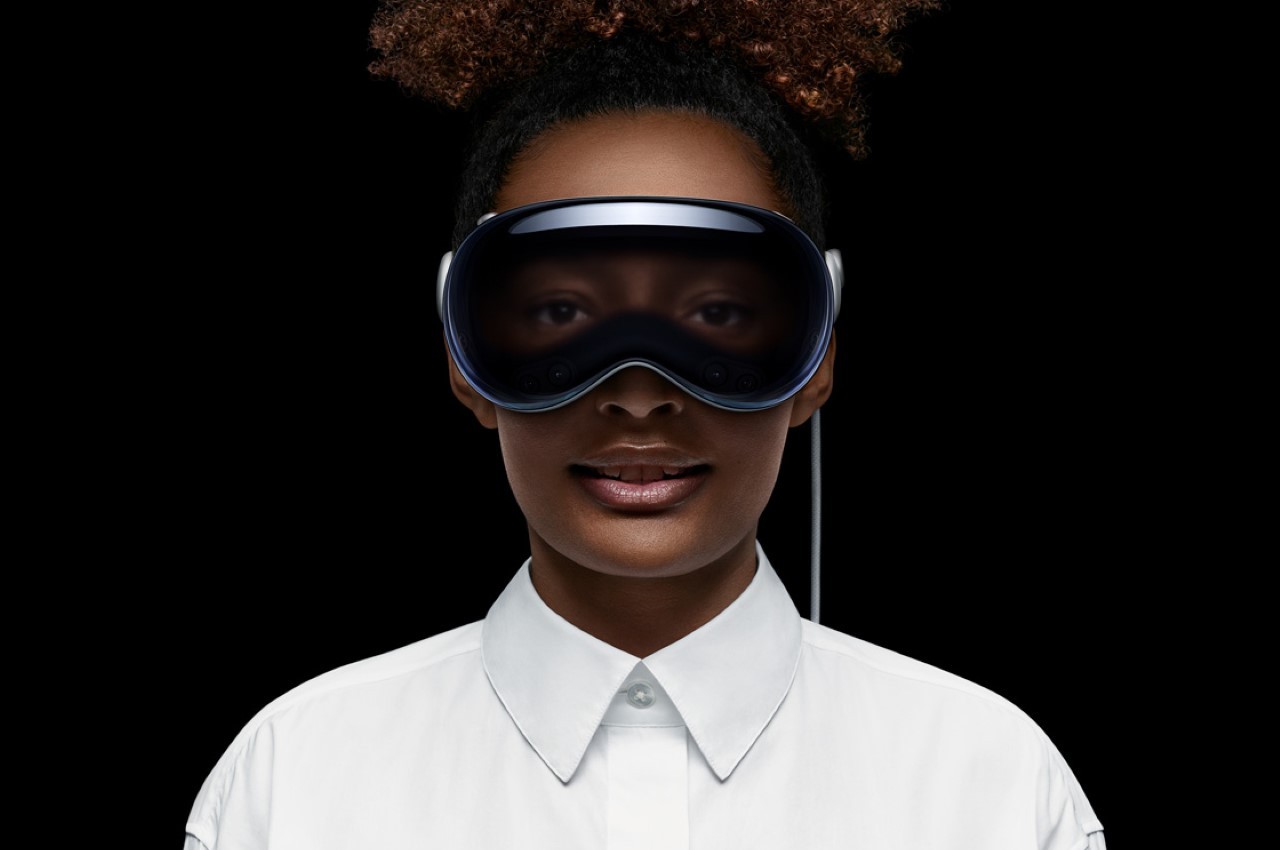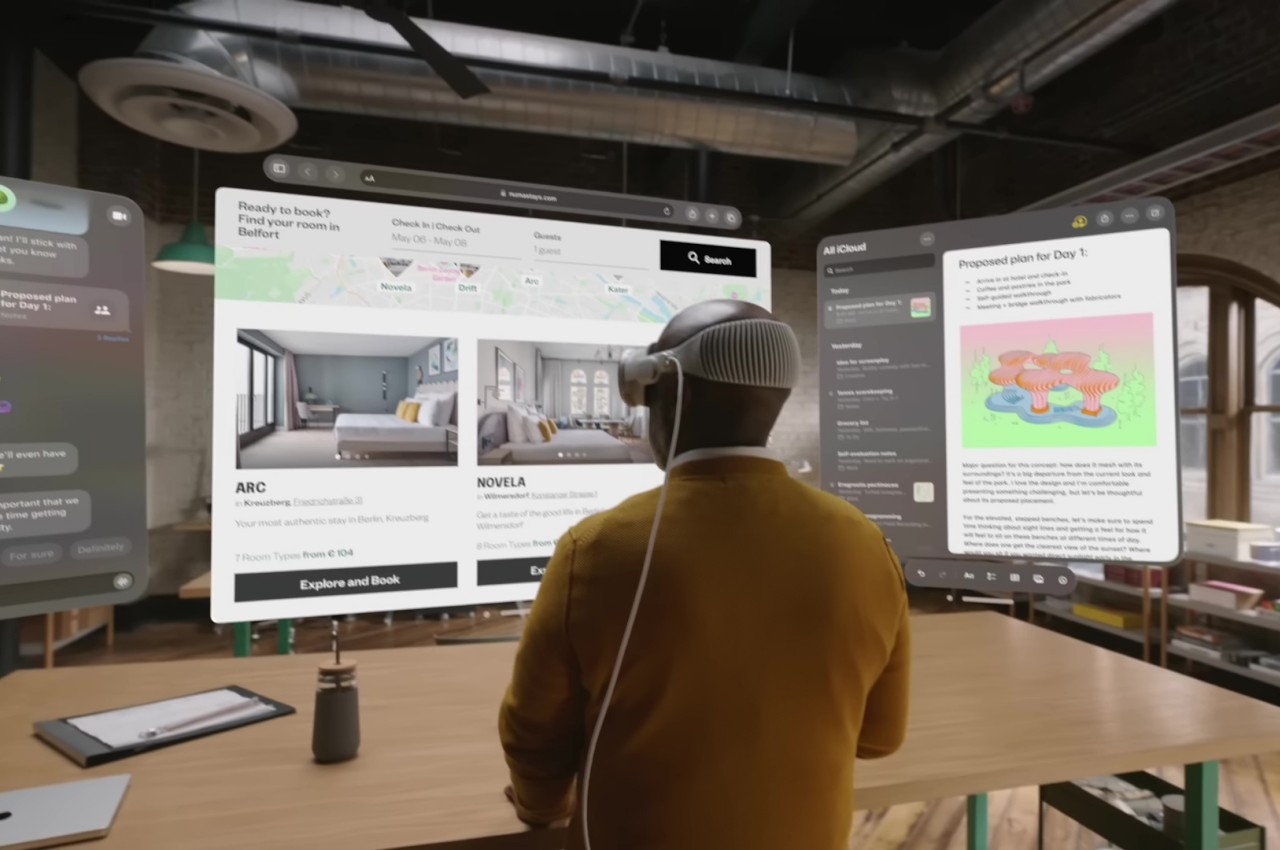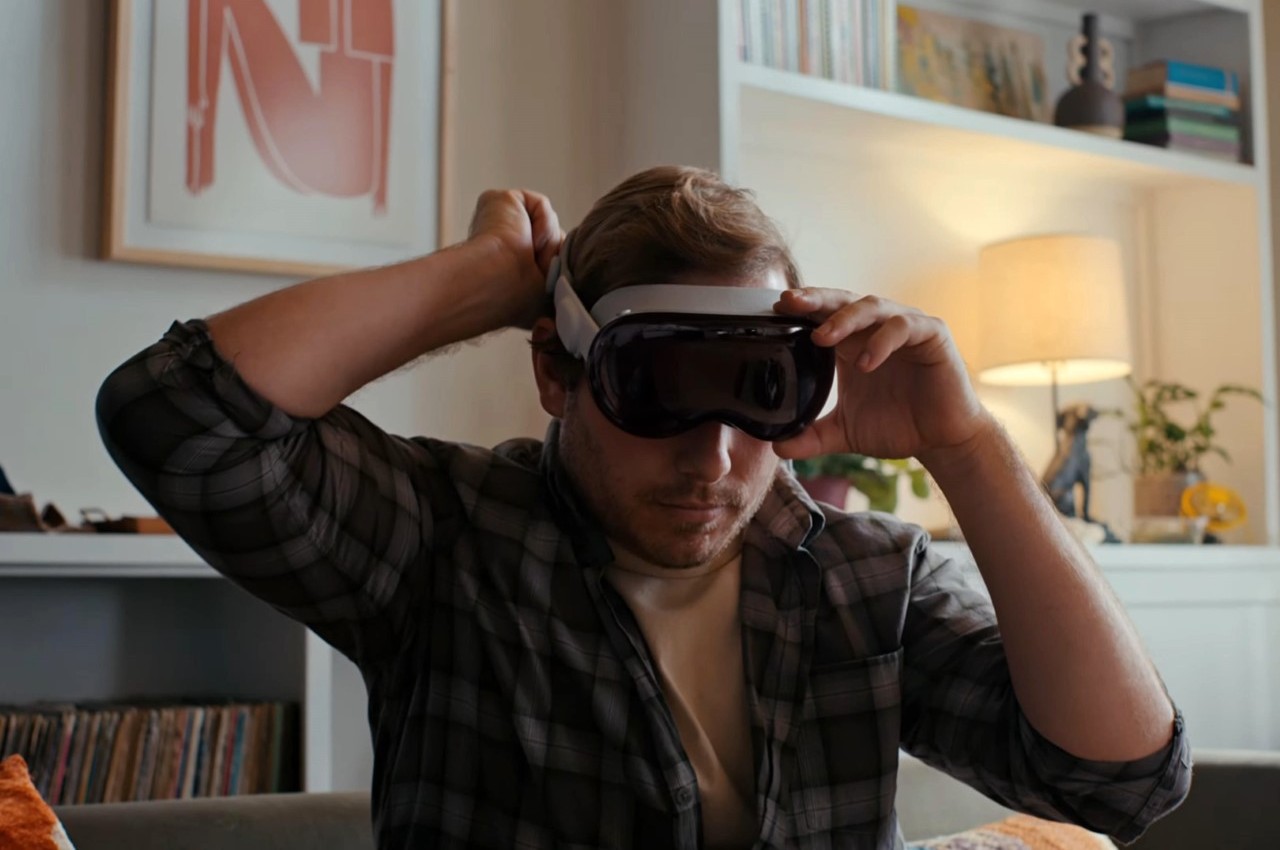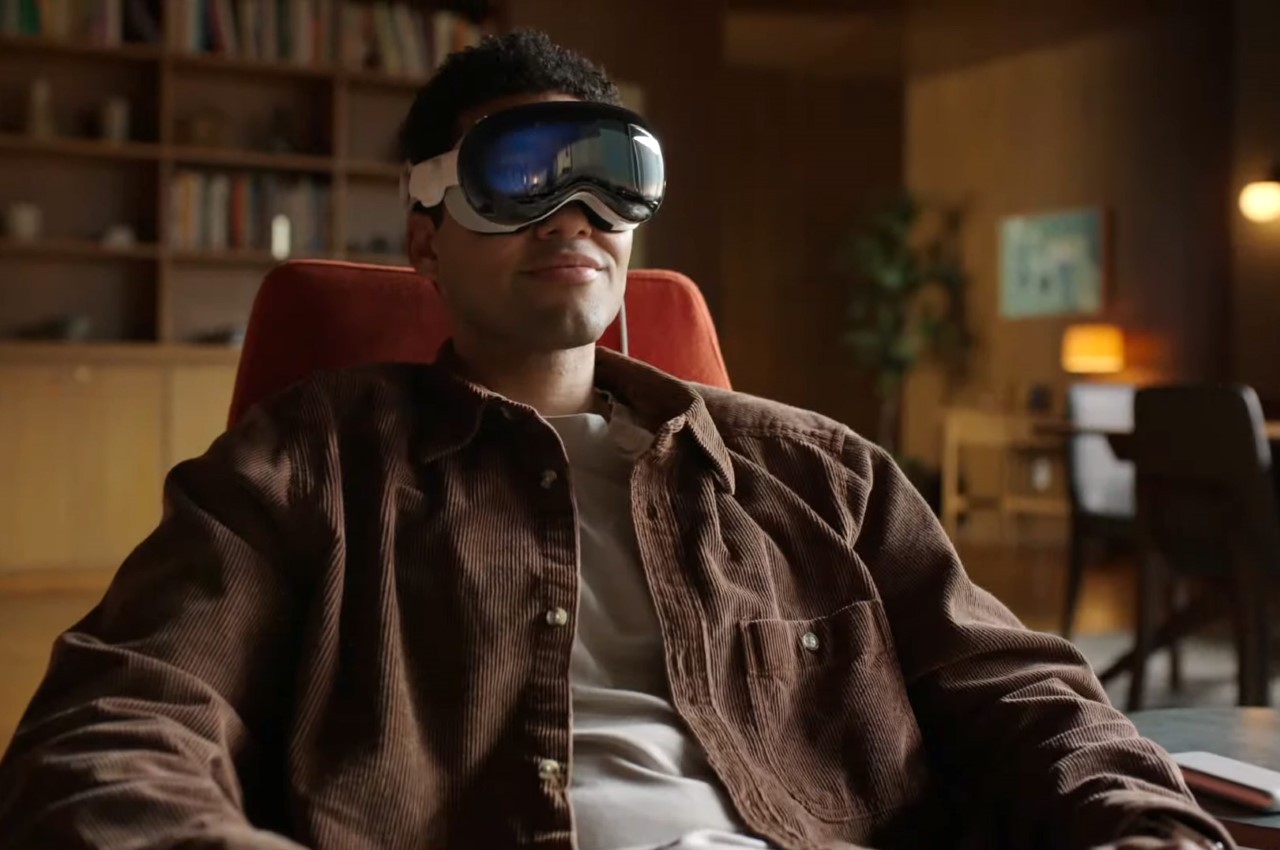
Virtual Reality (VR) has been innovating and evolving in the past couple of years. It is truly pushing the boundaries of what was considered possible in an immersive experience. VR technology is currently improving visual fidelity, and even incorporating other senses, in turn revolutionizing how we engage and interact with digital worlds. And, we’ve curated five cutting-edge VR gadgets for you – ranging from high-resolution headsets to innovative multi-sensory devices. These unique gadgets are paving the future of VR, displaying the impressive innovations that are taking place in today’s world. These gadgets have something for everyone, irrespective if you’re a tech lover, gamer, or someone simply dipping their toes into new digital arenas.
1. Sol Reader
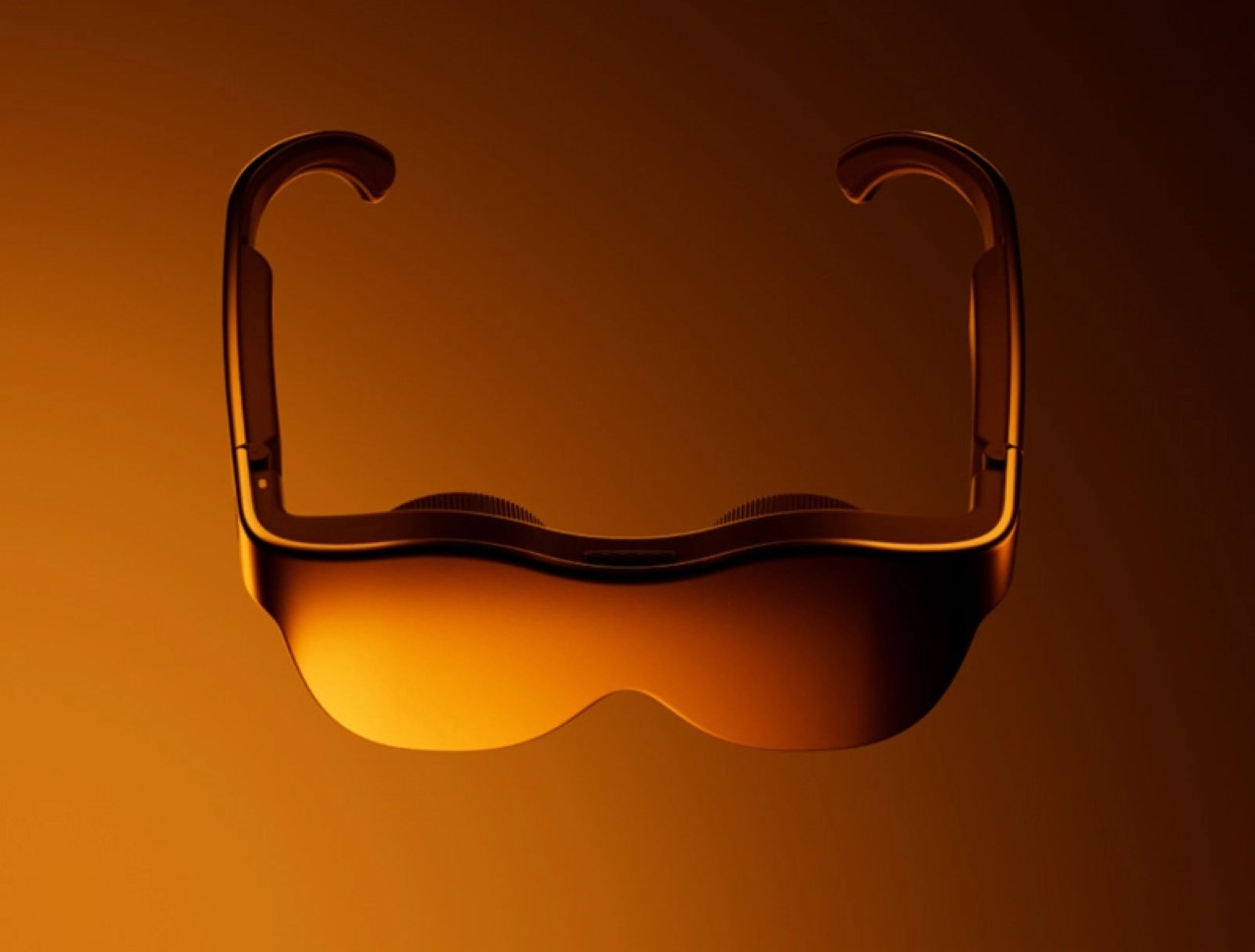

Meet the world’s first VR eBook reader – the Sol Reader. It offers avid readers a unique and exciting way to experience literature, by completely immersing themselves in a virtual library. It is styled like a pair of VR glasses and features two E Ink displays, which make you feel like you’re actually reading a book, but ensuring that your hands are free. It attempts to work like Kindle, which is the most popular e-reader ever.
Why is it noteworthy?
It is an innovative device that will connect to your iOS/Android app on your smartphone through Bluetooth. You can easily stream third-party EPUB files like eBooks, from your phone to the device. The text is showcased on the dual E Ink screens. Warm LED side lights illuminate the screen.
What we like
- Has a 25-hour runtime per two-hour battery charge
- Available in a range of color choices including black, silver, gold, or blue
What we dislike
- It is a niche product, appealing primarily to voracious readers
- It is more expensive compared to other VR headsets on the market
2. Pimax 8K VR Headset


Say hello to the Pimax 8K VY Headset – the world’s first 8K VR headset. It is designed to be a game changer in the world of VR since it delivers unparalleled visual clarity and an expansive field of view. Since it is the world’s first 8K VR headset, it will provide an immersive experience that sets a whole new benchmark for visual fidelity.
Why is it noteworthy?
The Pimax 8K is equipped with dual 4K displays, each featuring a resolution of 3840 x 2160 — and upscales its content from 2560 x 1440. It also has a refresh rate of up to 80Hz. The refresh rates provide a VR experience that is seamless, fluid, and enjoyable.
What we like
- It has a 200-degree field of view
- The head strap distributes the weight equally, preventing neck strain according to users
What we dislike
- According to some users, there is poor clarity at reduced resolutions
- Hefty price tag
3. Porket VR

Designed by Gihawoo Design, this is the cassette-shaped Porket VR phone case. It essentially breaks down the general perception of VR headsets. The phone case serves as your VR headset, allowing you to consume videos on the go. The foldable VR headset is designed as an extension of the case, and it converts into a VR headset in no time, allowing you to watch quick virtual reality content when you, please.
Why is it noteworthy?
The accessory includes convex lenses that have been placed at a distance of 6 cm from the eyes. When folded, the Porket VR headset case is as thick as the Galaxy Fold 3 and is a must-have for people who like compact designs that can be used in a variety of different scenarios.
What we like
- Lightweight and compact design that supports spontaneous VR sessions
- Features an intriguing transformative design
What we dislike
- Lacks some of the advanced features found in more complex and sophisticated headsets
4. Ordovic VR Headset


The Ordovic VR headset is a groundbreaking innovation in the world of VR, as it adds the sense of smell into the digital realm. It will transport users into a world where they can smell different scents, ranging from the aroma of freshly cooked meals or the smell of saltwater. These scents will be experienced with incredible visuals and immersive soundscapes, providing a truly mind-boggling VR experience. Ordovic leverages the power of olfactory perception, enhancing the experience of virtual environments, and making them more realistic.
Why is it noteworthy?
The Ordovic creates a whole new level of immersion in VR, making virtual experiences more engaging and lifelike. Smell is also linked to memory and emotions, and by adding olfactory components, Ordovic makes the gaming experience memorable. Users will be able to recall those experiences more easily.
What we like
- The headset will increase the realism of the simulations, creating an engaging experience
- It has versatile applications, it could be used in education, training, therapy, and more
What we dislike
- The addition of smell could lead to potential sensory overload for some users
- It could require more complex setup and maintenance in comparison to a traditional VR headset
5. KAT WALK C


The KAT Walk C is amping the world of virtual reality by serving as the world’s first gamer-dedicated, personal Omni-Directional Treadmill (ODT). It gives users the chance to move freely in 360 degrees, simulating infinite movement within the environment while occupying the bare minimum physical space. The KAT Walk C is designed for your home, providing an innovative VR walking solution.
Why is it noteworthy?
Since the treadmill incorporates natural movement in VR, it elevates the gameplay, offering a more engaging and authentic experience. It fits perfectly in your gaming cave, providing mobility to taken in and out, as and when needed. It is also affordable, and multifunctional.
What we like
- The treadmill features a space-efficient design, ensuring it doesn’t occupy much space
- It encourages physical activity, offering a new health-conscious approach to gaming
What we dislike
- Users may take some time to get used to walking and running on an omnidirectional treadmill
The post Top 5 VR Headsets and Accessories That Are Shaping The Future of Digital Interaction first appeared on Yanko Design.
